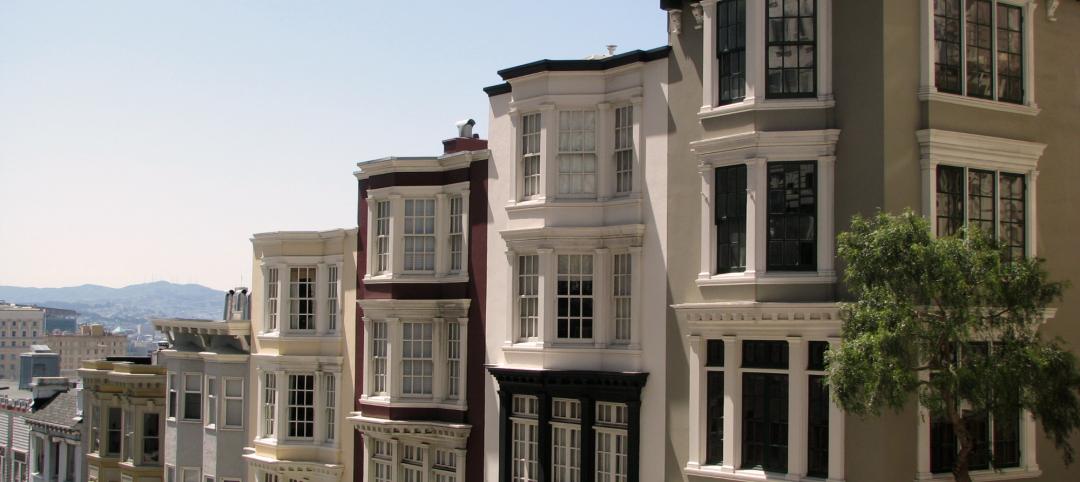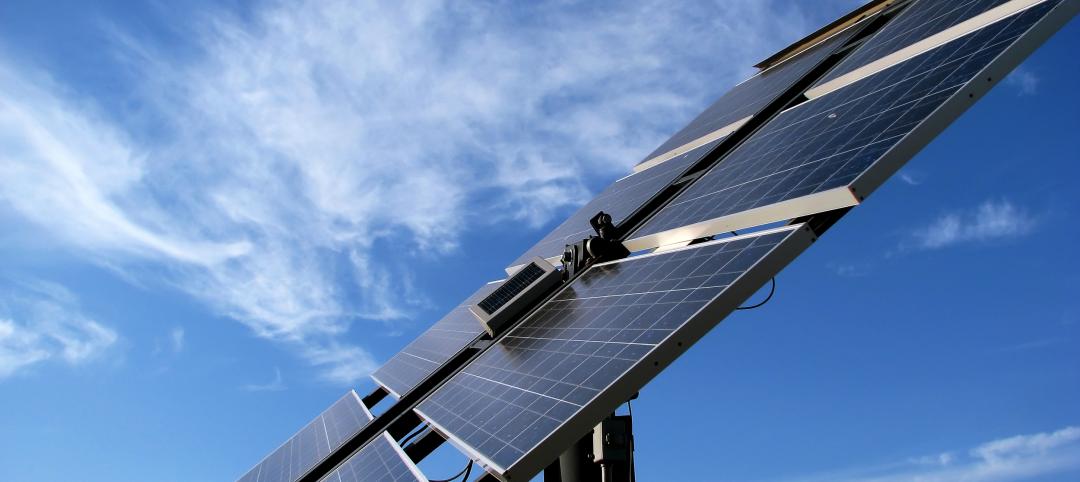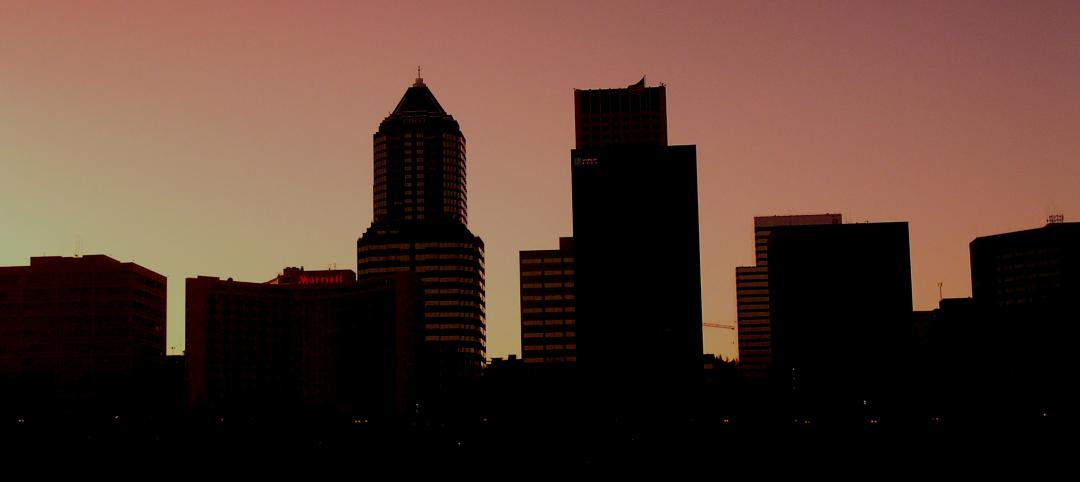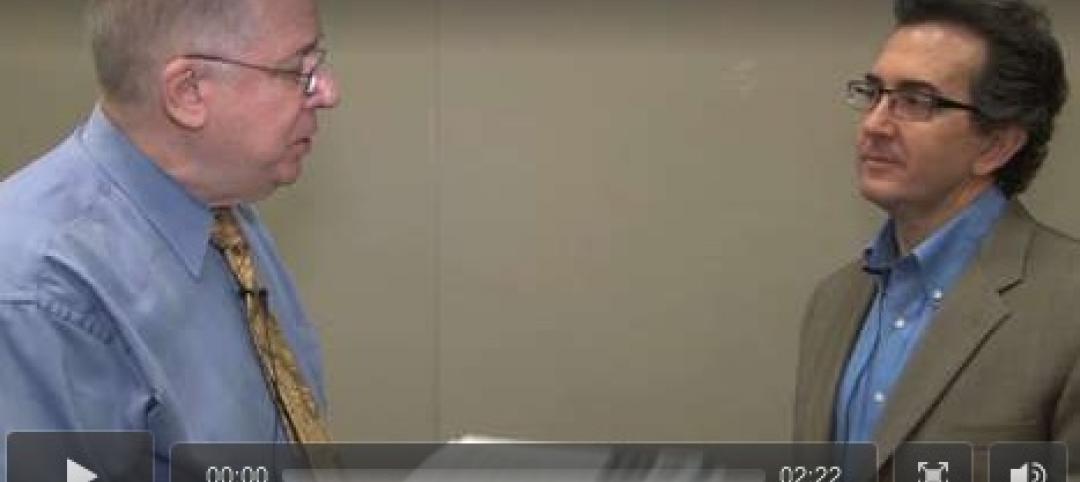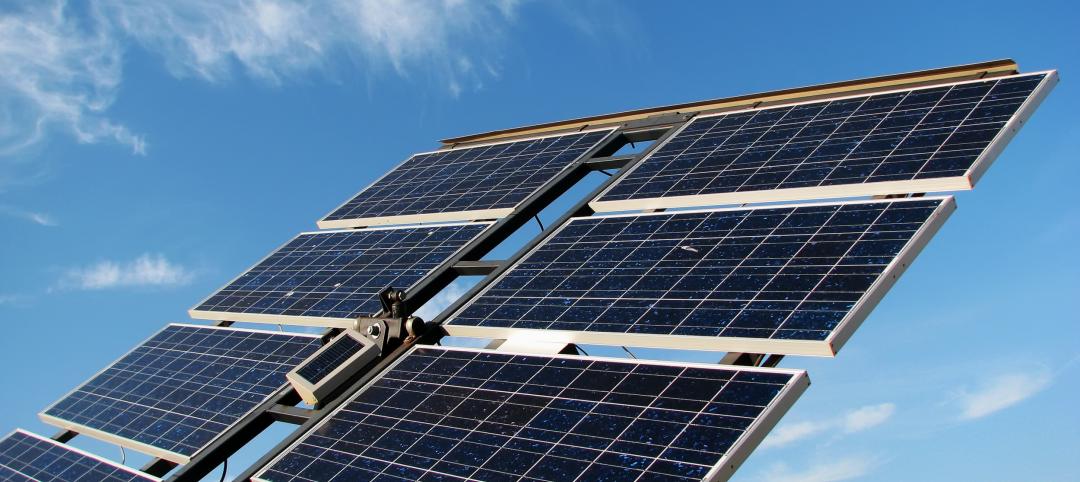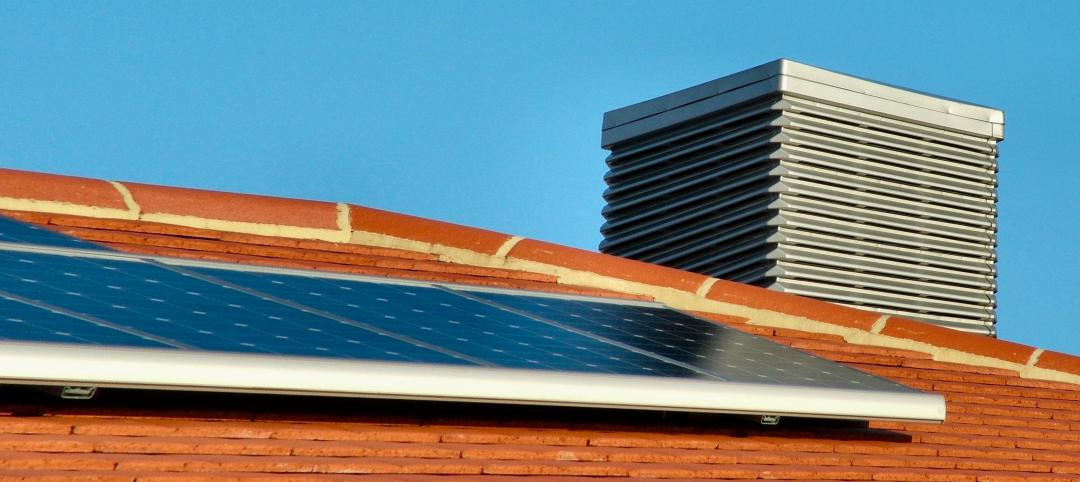On a clear day at noon in the temperate zone, there’s about a kilowatt – 1000 watts – of energy falling on every square foot of open ground. A free kilowatt, if you could capture it. Of course, energy harvesting technology isn’t totally efficient: most photovoltaic solar panels only output usable electricity equal to about 15% of the energy that falls on them. Even so, if you harvested the sunlight from an average parking space, 162 sf, you could produce about 24 kilowatts. Generating that kind of energy without burning any fossil fuels could save some nice money, and reduce some nasty pollution.
If your solar panels were eight feet off the ground, you could park your car under them to keep it cool, too. And if you happened to own a large parking lot, and solar-paneled all the spaces, you’d have it “made,” so to speak: a sizeable financial resource, a large environmental benefit, and covered parking.
That was the kind thinking that made Dell Loy Hansen, primary owner of the Real Salt Lake Major League Soccer team, decide to put solar carports on the parking lot of Rio Tinto Stadium.
Related Stories
| Jun 30, 2011
Balancing cost and energy performance in net-zero buildings
BD+C Editorial Director Robert Cassidy talks with The Weidt Group's David Eijadi, FAIA, about the cost of producing net-zero buildings.
| Jun 29, 2011
New leadership role for architects in net-zero design
BD+C Editorial Director Rob Cassidy talks with RNL Design's Tom Hootman, AIA, about the changing role of architects in net-zero designs.
| Jun 28, 2011
Business case for net-zero
BD+C Editorial Director Robert Cassidy talks to Philip Macey, AIA Haselden Construction, about the cost and effect of net-zero buildings.



